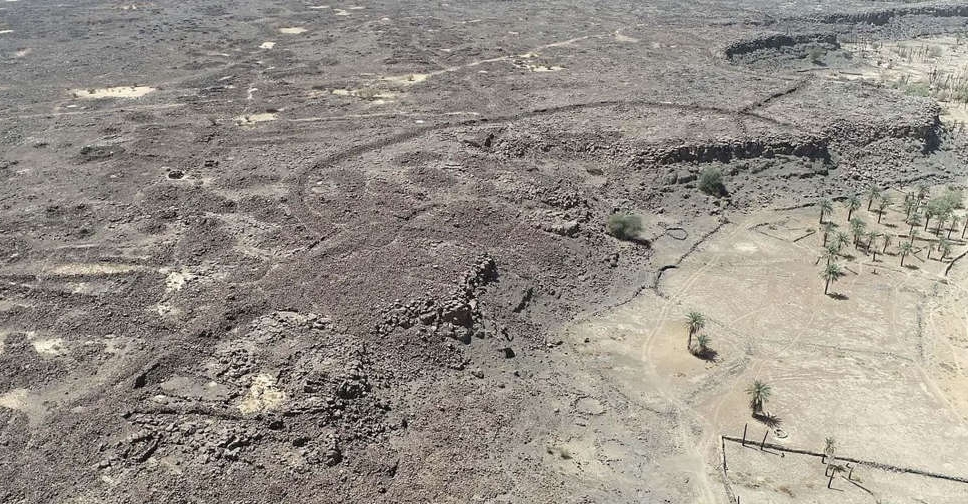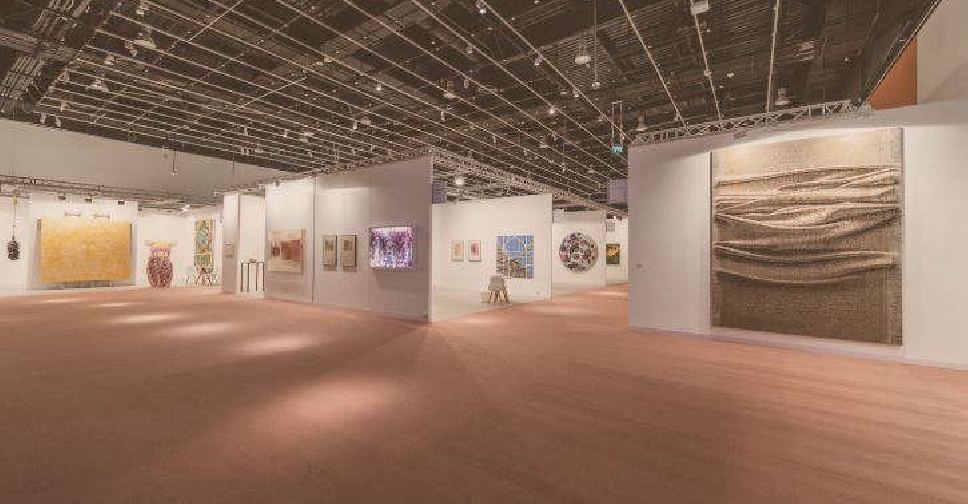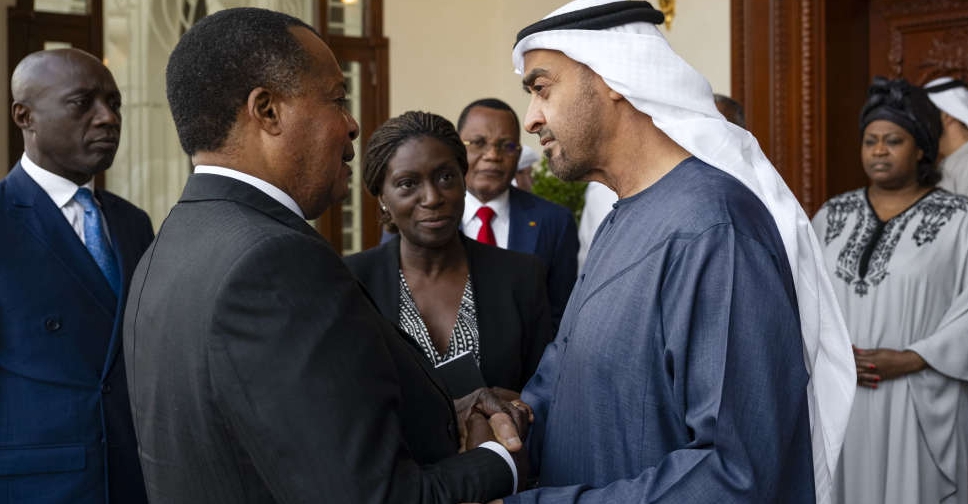
The Royal Commission for AlUla (RCU) announced that archaeologists have discovered a Bronze Age town in the Khaybar Oasis, located in the northwest of Saudi Arabia.
The discovered town, called Al-Natah, provides evidence of a clear division of residential and funerary areas.
The site encompassed an area of 2.6 hectares, was inhabited by 500 people between 2400 and 2000 BC until 1500 and 1300 BC. The Khaybar Oasis was surrounded by a 15-km-long stone wall to ensure its protection.
The study was conducted by the Royal Commission for AlUla in collaboration with the French Agency for the Development of AlUla (AFALULA) and the French National Centre for Scientific Research (CNRS).
Khaybar Oasis, located on the edge of the Harrat Khaybar volcanic field, formed at the meeting point of three valleys in a highly arid area. The remains of the town were discovered on the northern edge of the oasis, buried beneath layers of basalt rock for thousands of years.
The research points out that regions such as Khaybar were significant urban centres that permanently maintained the stability of their communities, particularly with the introduction of agriculture.
They also served as centres of trade and commerce for nomadic communities.
In the Bronze Age, the northwestern Arabian Peninsula was home to a significant number of nomadic pastoral communities, but the region also had a number of walled oases that were connected to one another and were located around fortified cities.

 World's rarest diamonds go on show in Abu Dhabi
World's rarest diamonds go on show in Abu Dhabi
 Dubai World Cup closing ceremony sets Guinness World Record
Dubai World Cup closing ceremony sets Guinness World Record
 Abu Dhabi Art announces dates for 17th edition
Abu Dhabi Art announces dates for 17th edition
 UAE's highest peak Jebel Jais to host thrilling cycling challenge
UAE's highest peak Jebel Jais to host thrilling cycling challenge
 Sharjah Ramadan Festival 2025 records AED half billion in sales
Sharjah Ramadan Festival 2025 records AED half billion in sales




